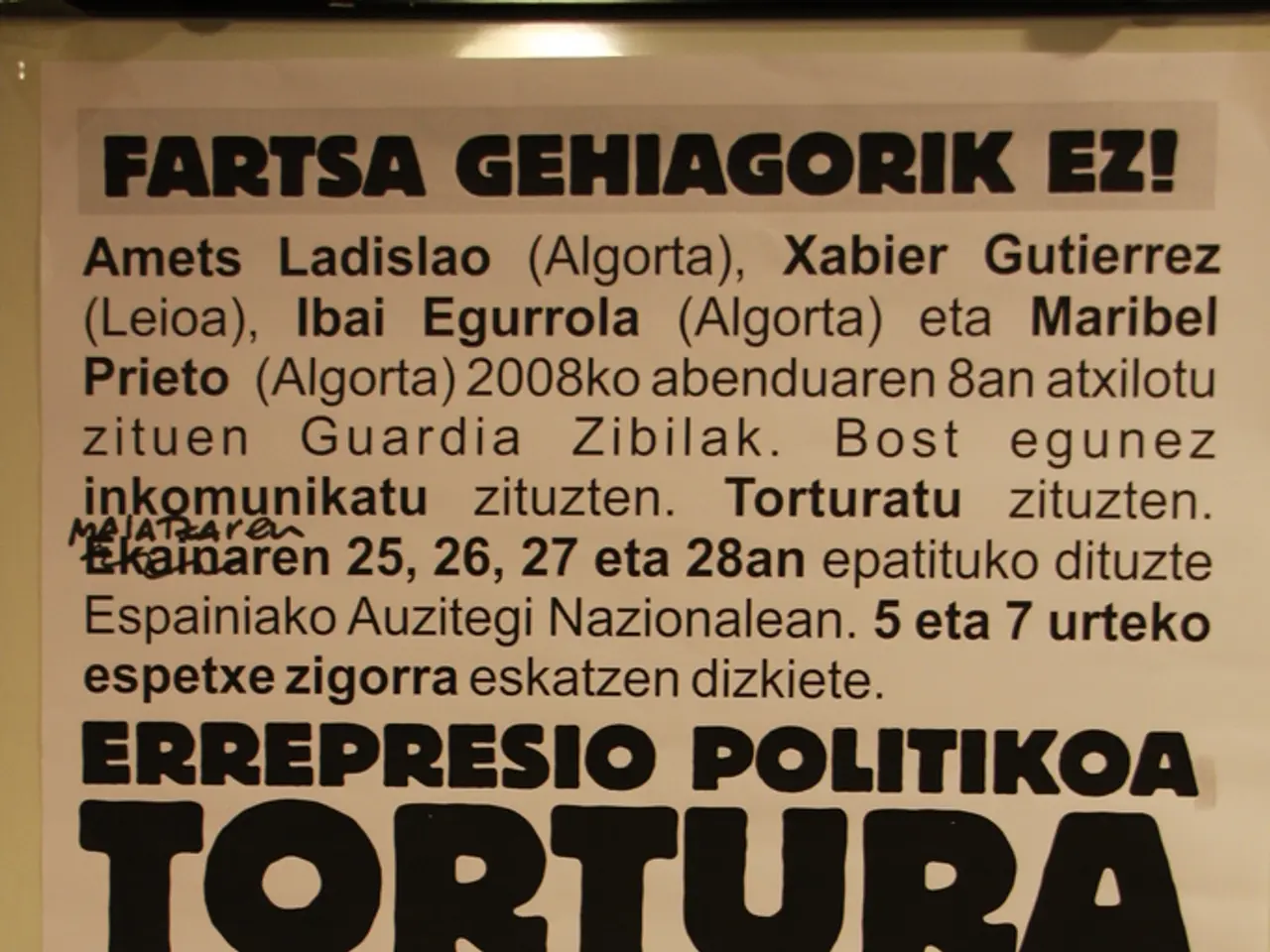Imaging Studies of Juvenile Neuronal Diseases, Focused on Childhood Nerve Disorders
In the world of pediatric medicine, the evaluation and management of peripheral nerve and brachial plexus disorders have taken a significant leap forward, thanks to a specialized imaging technique known as MR neurography (MRN). This advanced imaging modality offers a detailed and accurate look at the complex structure of nerves, providing crucial information for diagnosis and treatment planning.
MR neurography, a sophisticated variant of MRI, employs tailored pulse sequences to visualize peripheral nerves with exceptional resolution and contrast. This allows for the identification of nerve morphology, signal intensity changes, and surrounding tissue conditions, all of which are vital for diagnosing and managing these disorders.
One of the key roles of MRN is its ability to accurately assess nerve injuries. By demonstrating nerve inflammation, edema, or structural disruption, MRN helps determine the severity and type of injury, aiding in the development of effective treatment plans for children.
Moreover, MRN provides a comprehensive visualization of nerve anatomy and pathology. Sequences such as T1-weighted imaging for anatomical detail, T2-weighted fat-suppressed imaging for edema and inflammation, and STIR imaging for nerve injury, capture detailed nerve morphology and pathology that standard MRI might miss.
When it comes to brachial plexus disorders, MRN protocols specifically designed for this area allow for the visualization of nerve roots, trunks, and branches. This aids in the detection of avulsions, compressions, or inflammation, which are common in pediatric brachial plexus injuries.
Guiding clinical management is another significant advantage of MRN. By accurately localizing and characterizing nerve lesions, MRN informs surgical planning or conservative treatment decisions, potentially improving outcomes for children with peripheral nerve or brachial plexus disorders.
Furthermore, MRN helps distinguish between different neuropathies, including traumatic injury, inflammatory conditions, and genetic neuropathies like Charcot-Marie-Tooth disease. This ability to differentiate pathologies can lead to more targeted and effective treatments.
In summary, MR neurography is an advanced, non-invasive imaging modality that significantly enhances the diagnostic accuracy and management of pediatric peripheral nerve and brachial plexus disorders. By providing detailed visualization of nerve structure and pathology beyond the capabilities of conventional imaging techniques, MRN is revolutionizing the field of pediatric neurology.
It's important to note that peripheral nerves are organized into distinct layers, with individual nerve fibers surrounded by a thin endoneurium, grouped into fascicles, and protected by a thicker perineurium. Low-grade injuries are generally managed nonoperatively, while high-grade injuries require surgery for nerve regrowth.
A 3.0-T MR scanner is preferred over a 1.5-T MR scanner due to its higher signal-to-noise ratio, but it is not essential. Normal nerves on T1W sequences display an intermediate to low-signal intensity, appearing isointense with surrounding muscle tissue.
Findings on MRN can be correlated to assist in classification and guide surgical decisions. T2 FS images are less affected by blood flow artifacts, whereas STIR images provide the most homogeneous fat suppression. A 3D T2W sequence with fat suppression is frequently obtained for creating multiplanar reformatted images and maximum intensity projections (MIPs).
Diffusion tensor imaging is an optional sequence that can create 3D tractography of nerve fiber tracts. Intravenous contrast's role in MRN is variable, with no clear guidelines established.
Peripheral nerve injuries often occur due to trauma, with the most common causes in pediatric patients being lacerations, falls, and motor vehicle accidents. MR imaging can reveal indirect signs of nerve damage through changes in muscle.
Sunderland grade I injuries typically recover fully within 12 weeks, while Sunderland grade III injuries have variable regrowth but should be differentiated from Sunderland grades IV and V, which must undergo surgery. MRN protocols include axial 2D T1-weighted (T1W), axial 2D T2-weighted (T2W) with fat suppression, and 3-dimensional (3D) T2W with fat suppression sequences. High-resolution T1W images are essential for anatomic evaluation. Fluid sensitive sequences, including T2W fat-suppressed (FS) sequences or short-tau inversion recovery (STIR), are essential to detect neural edema and/or pathology.
Several key pathologic features can be detected on MR imaging, including nerve flattening, deviation from a normal nerve path, segmental areas of nerve enlargement, T2 hyperintensity, loss of fascicular architecture, and contrast enhancement on T1W sequences after gadolinium injection. Sunderland grade I corresponds to neurapraxia, Sunderland grade II, III, and IV describe varying degrees of damage to the tissue sheaths, and Sunderland grade V represents a complete nerve transection.
In conclusion, MR neurography is transforming the way we diagnose and manage pediatric peripheral nerve and brachial plexus disorders. Its ability to provide detailed, high-resolution images of nerves and their pathology is revolutionizing the field, leading to improved outcomes for children.
MR neurography, a specialized application of MRI, is vital in the diagnosis and management of medical-conditions related to peripheral nerves and neurological-disorders, particularly in children. This health-and-wellness tool offers a detailed look at nerve morphology, signal intensity changes, and surrounding tissue conditions, aiding in the identification and treatment of various disorders, including brachial plexus injuries.




